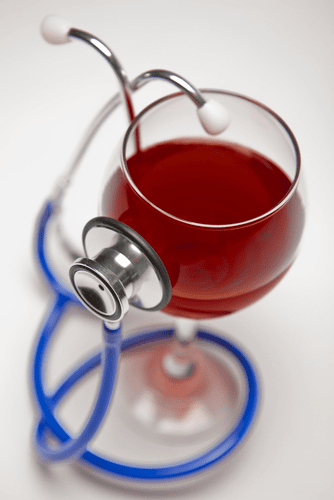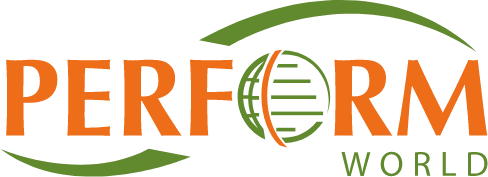Substance use treatment providers may offer oversight in some instances, although this is not https://lublusebya.ru/raznoe/lublu-34861-pochemu-nelzja-est-ostyvshee-mjaso always the case. Many studies have shown that the best-practice rehabilitation treatment provides continuity of care post-discharge. Sober homes allow individuals to continue with elements of their recovery treatment even after their formal rehab program has finished. This continuation of support, motivation, and, in some cases, therapy will significantly enhance their chance of long-term sobriety. All sober houses have a zero-tolerance policy regarding the use of drugs or alcohol. Some recovery houses insist on random drug testing to ensure residents remain sober.
Significance of the Study

Some may have had negative experiences in treatment and therefore seek out alternative paths to recovery. Others may have relapsed after treatment and therefore feel the need for increased support for abstinence. However, they may want to avoid the level of commitment involved in reentering a formal treatment program. Sober living houses (SLHs) are alcohol and drug free living environments that offer peer support for recovery outside the context of treatment. ORS is an outpatient substance abuse treatment program located in Berkeley, California that treats approximately 800 clients per year. Most of the clients are low income and many have history of being homeless at some point in their lives.

The Difference Between Halfway Houses and Sober Living Homes
- Research on sober living houses also states that residents experience a higher possibility of securing employment and a lower likelihood of getting arrested.
- For example, some people prefer to attend SMART Recovery meetings instead of AA-meetings.
- In addition, it is important to note that residents were able to maintain improvements even after they left the SLHs.
For some those offenders who are motivated for abstinence and capable of handling some degree of autonomy SLHs might be a viable and effective option for recovery that is currently underutilized. The absence of a http://www.exspressinform.ru/get/2770/ocherednoj-rossiyanin-razbilsya-na-mototsikle-v-phukete.html stable, alcohol, and drug-free living environment can be a severe obstacle to continued abstinence. Unfavorable living environments can hinder recovery for even extremely motivated individuals.

Halfway Houses

Reach out to your treatment center and ask about the possibilities around you. Two additional measures were included as covariates because they assess factors emphasized by as important to recovery in SLHs. Money from opioid settlements will flow into recovery services around the country. Some residents of Parkersburg, W.V., say their small city is under strain as a result. American Addiction Centers (AAC) offers sober https://www.panvasoft.com/rus/blog/234/ living arrangements nationwide at Resolutions – Recovery Residences.
Recovery Coaching
Without new life skills and an opportunity to practice clean living in a safe environment, you are at risk for a relapse. For example, some of the ways you can grow sobriety in your community include starting a 12-step meeting or volunteering your time. Many high schools could also benefit from a sober person willing to mentor students or give a speech. Let’s explore some of the best cities for sober living, in no particular order. These cities stand out from the rest and are often the go-to city for those seeking recovery. By living together, sharing experiences, difficulties, and accomplishments, and participating in communal activities, residents can build a strong support system that will assist them in long-term recovery.


